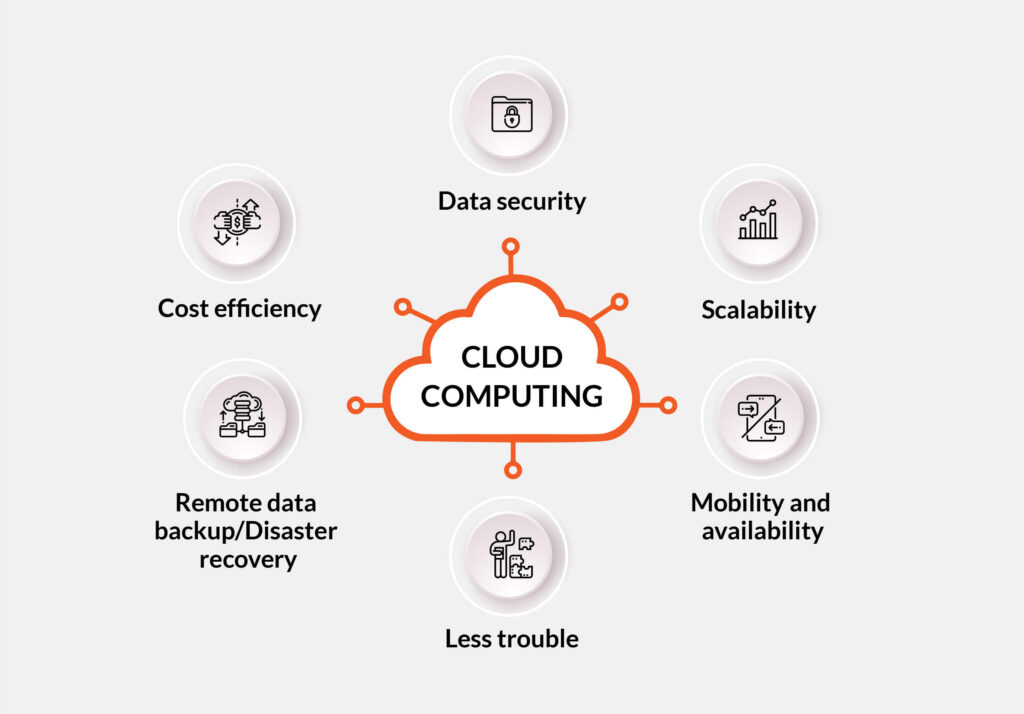Optimizing Cloud Governance for Enhanced Performance and Security
As businesses increasingly rely on public cloud infrastructure, the importance of implementing a robust cloud governance strategy becomes paramount. Effective cloud governance not only helps in managing costs but also mitigates risks, improves efficiency, and ensures regulatory compliance.
Key Elements of a Strong Cloud Governance Model
Establishing a solid cloud governance model is critical for organizations looking to streamline their cloud environment. This model provides oversight and control over the entire cloud infrastructure, ensuring that all activities align with the company’s strategic goals. A comprehensive governance framework typically includes the following components:
1. Workload Management
Central to cloud governance is efficient workload management. It is essential for businesses to categorize their workloads and optimize resource utilization based on workload profiles. By identifying critical workloads and allocating resources accordingly, organizations can make informed decisions about resource allocation, leading to enhanced efficiency.
2. Access Control
Effective access control is crucial for successful cloud operations. Implementing strict access policies that define user roles and responsibilities ensures that only authorized personnel can deploy, modify, and access cloud resources. This streamlined approach minimizes security risks and improves operational efficiency.
3. Compliance and Security
Adhering to industry regulations such as GDPR, HIPAA, and SOX is imperative for organizations utilizing public cloud services. A robust governance model incorporates compliance checks and security measures to safeguard sensitive data and meet legal requirements. By prioritizing compliance and security, organizations can mitigate legal risks and demonstrate their commitment to data protection.
4. Cost Optimization and Resource Management
Efficient cost control and resource optimization are key components of cloud governance. Organizations should regularly monitor their cloud usage, identify inefficiencies, and leverage cost-saving opportunities such as Reserved Instances and automation tools. By optimizing resource utilization, businesses can maximize cost savings and ensure financial discipline.
Strategic Benefits of Cloud Governance
Implementing a well-defined cloud governance framework offers strategic advantages such as cost reduction, resource optimization, and operational efficiency. By integrating governance into their cloud strategy, organizations can drive continuous improvement, enhance accountability, and align cloud operations with business objectives.
To optimize their cloud environments, organizations need to strengthen their governance frameworks by focusing on workload management, access control, compliance, and cost optimization. A comprehensive governance model can result in significant cost savings and operational efficiencies, positioning businesses for sustainable success in the digital age.
In today’s complex digital landscape, investing in cloud governance is essential for maintaining control, minimizing risks, and maximizing the value of cloud investments.
To learn more, access the complete Akamai whitepaper here.



